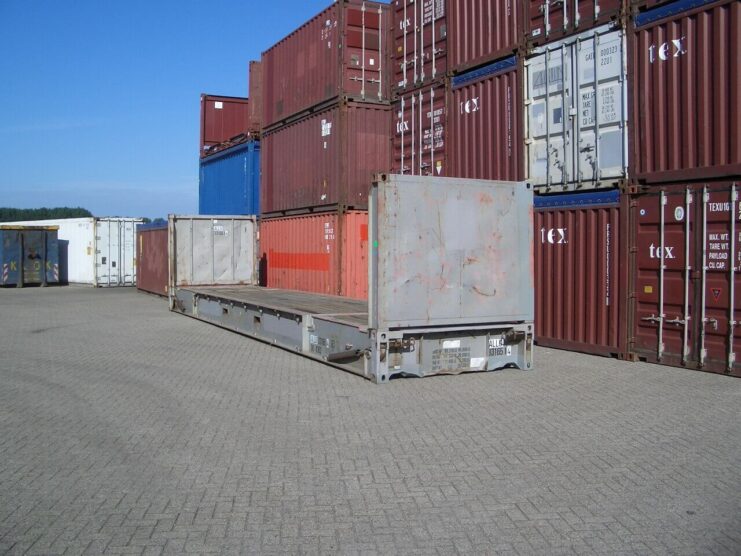A shipping container is a container with power appropriate to withstand shipment, storage, and handling. Shipping containers vary from giant reusable metal bins used for intermodal shipments to the ubiquitous corrugated boxes. The corrugated wall panels, frame, cargo doors, and pass individuals of metal shipping containers are all made from corten steel. This special kind of steel, additionally acknowledged as weathering steel, is the foremost fabric in shipping containers.
Uses of Shipping Containers
Shipping containers have a extensive vary of uses, including:
Storage: Shipping containers grant a tightly closed and weather-resistant storage solution, making them perfect for storing items in harsh environments.
Transportation: Shipping containers can be loaded onto ships, trains, or vans for the transportation of goods, imparting a handy and invulnerable way to transport massive quantities of goods.
Temporary or everlasting housing: Shipping containers can be modified to supply brief or everlasting housing, both as a standalone structure or as phase of a large building.
Retail spaces: Shipping containers can be modified and used as retail spaces, presenting a special and cost-effective solution for businesses.
Workshops and studios: Shipping containers can be modified and used as workshops or studios, offering a not pricey and bendy answer for small groups and artists.
Types of Shipping Containers
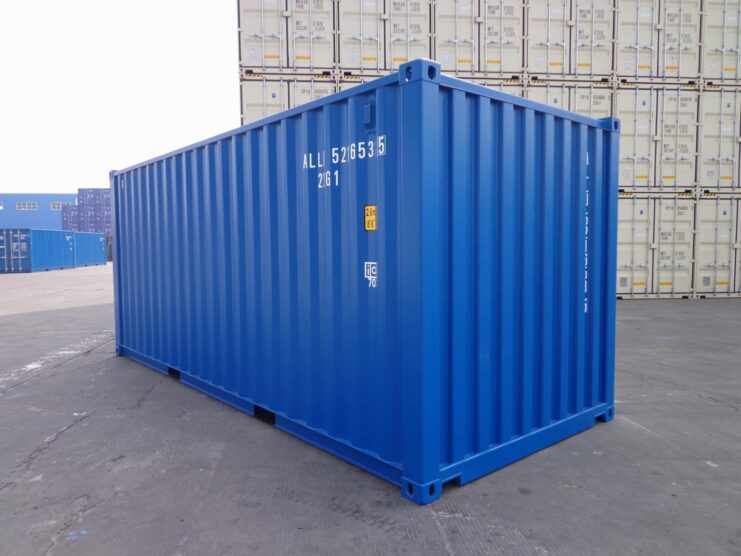
Dry storage containers
Dry storage containers are the most commonly used shipping containers. These are the general previously stated shipping containers, which are used to ship dry materials. They are commonly 10ft, 20ft, or 40ft in length. These containers are ideal for transporting dry goods such as electronics, furniture, and clothing. They are also used as storage units and temporary shelters.
Dry storage containers are made of Corten steel, which is resistant to corrosion, and have wooden floors. The wooden floors are treated with chemicals to prevent insect infestation and rot. The walls of dry storage containers are made of corrugated steel and are designed to withstand the harsh conditions of ocean transportation.
One of the advantages of dry storage containers is their security. They are designed with a locking system that makes them tamper-proof, providing an extra layer of security for the cargo. Dry storage containers are also stackable, making them ideal for shipping large quantities of goods.
Flat rack containers
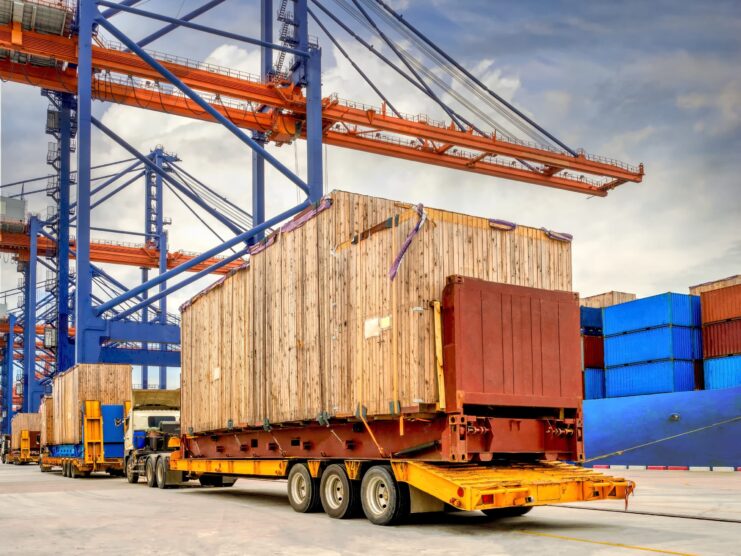
Flat rack containers have no sides or top, and they come in two types: collapsible and fixed-end. These containers are ideal for transporting oversized or irregularly shaped cargo, such as heavy machinery, vehicles, and construction equipment. They can be loaded from the top, sides, or end, making them versatile for different types of cargo. These incorporate collapsible aspects that fold. They are perfect for shipping boats, equipment, and cars.
Flat rack containers have a maximum weight capacity of 45 tons and are available in different sizes. The collapsible flat rack container is designed to save space during transportation. The sides of the container can be folded inward, reducing the height of the container when empty. This makes it easier to transport the container when it’s not in use.
The fixed-end flat rack container is designed for heavier cargo and is more durable than the collapsible flat rack container. It is used for transporting cargo that is too wide or too tall to fit in a standard container. The sides of the container can be removed to allow easy loading and unloading of the cargo.
Open side containers
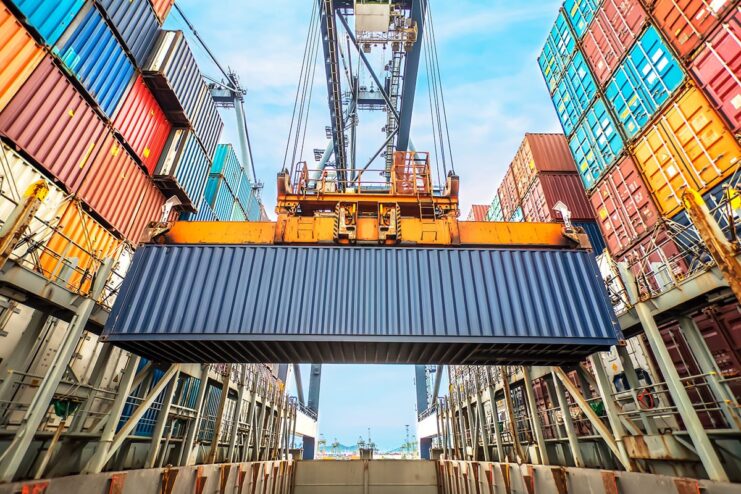
On this style, the doorways to the containers can be opened absolutely on the side, which approves for wider loading of materials. This structure makes them perfect for delivery vegetables. These containers are ideal for cargo that requires a wide opening, such as timber, pipes, and machinery. They are also used for events such as concerts and festivals, as they can be transformed into pop-up stores, bars, and restaurants.
Open side containers are available in different sizes, ranging from 20 feet to 40 feet. They have a maximum weight capacity of 30 tons and are made of steel. The sides of the container can be opened completely, providing a wide opening for loading and unloading. The sides of the container are also designed to be removable, making it easier to transport cargo that is too large to fit in a standard container.
Open top containers
As per the title, these containers have no roof, which allows items of any top to be shipped. They are typically used for cargo that is too tall to fit in a standard container. These containers are ideal for transporting oversized or bulky cargo, such as machinery, boats, and wind turbines. They can also be used for transporting goods that need to be loaded from the top, such as scrap metal or debris. This makes them best for gadgets such as logs or machinery
Refrigerated containers
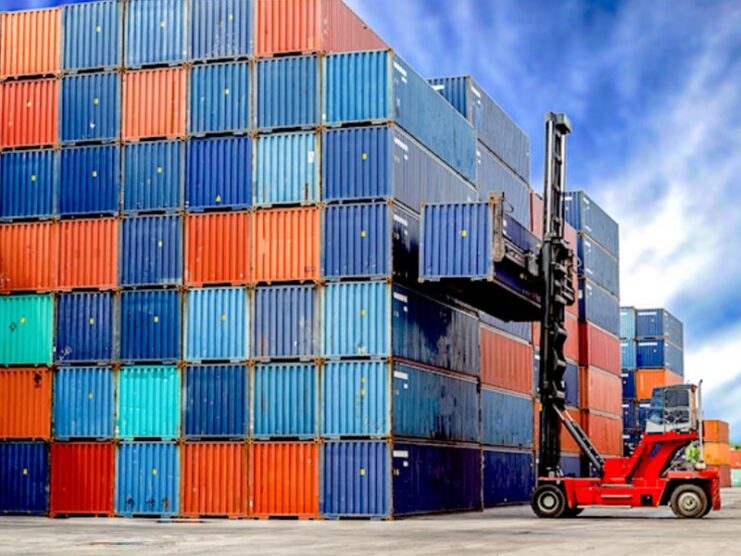
These are containers that are refrigerated. Also known as “reefers,” they are temperature-controlled containers used for transporting perishable goods such as food, pharmaceuticals, and chemicals. These containers are equipped with a built-in refrigeration system that keeps the cargo at a specific temperature during transportation. They come in different sizes and can maintain temperatures ranging from -30°C to +30°C. They are perfect for meals inventory or pharmaceutical goods
Tanks
Tank containers are designed for transporting liquid or gas cargo, such as chemicals, fuels, and food products. They are made of stainless steel and have a capacity of 1,000 to 6,000 gallons. Tank containers can be insulated and equipped with a heating or cooling system to maintain the cargo’s temperature. They are also designed to withstand pressure and can be used for transporting hazardous materials.
Best prices on shipping containers for sale in tampa, florida
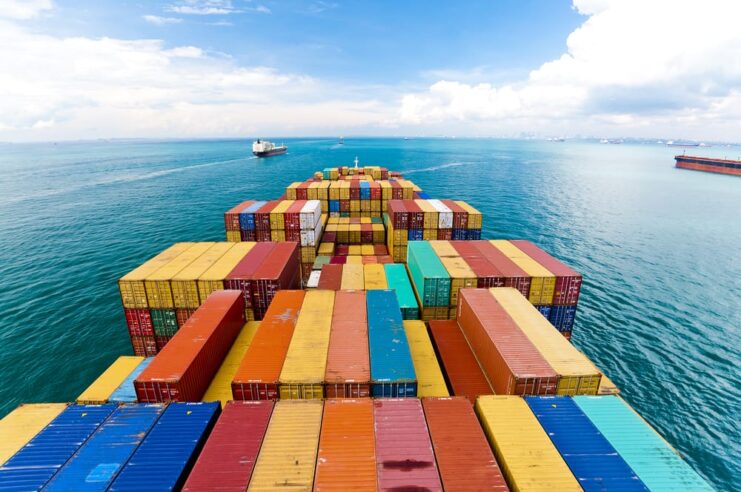
Used Conex offers the best prices on new and used conex boxes in Tampa and Fort Worth area. We have stock in three major conex depots in Tampa and we can ship them to your location within 10-20 business days or sooner. Find out our best deals by entering your ZIP code in our quoting tool!
Conclusion
In conclusion, shipping containers come in various types, sizes, and configurations to suit different cargo requirements. Whether you need to transport dry goods, oversized machinery, or temperature-sensitive cargo, there’s a container type for you. Understanding the different types of shipping containers will help you choose the right container for your cargo and ensure that it arrives safely and securely at its destination.

